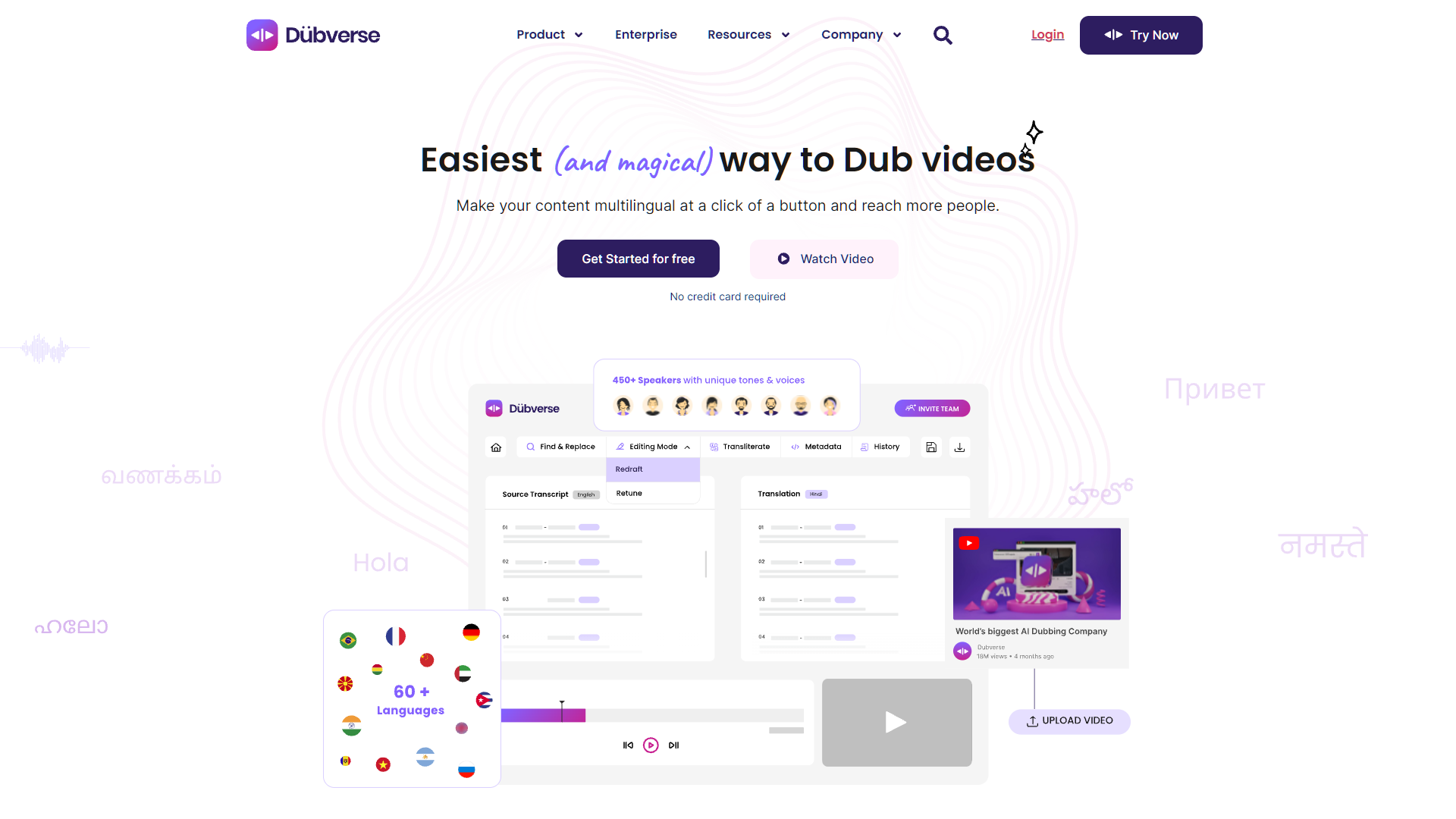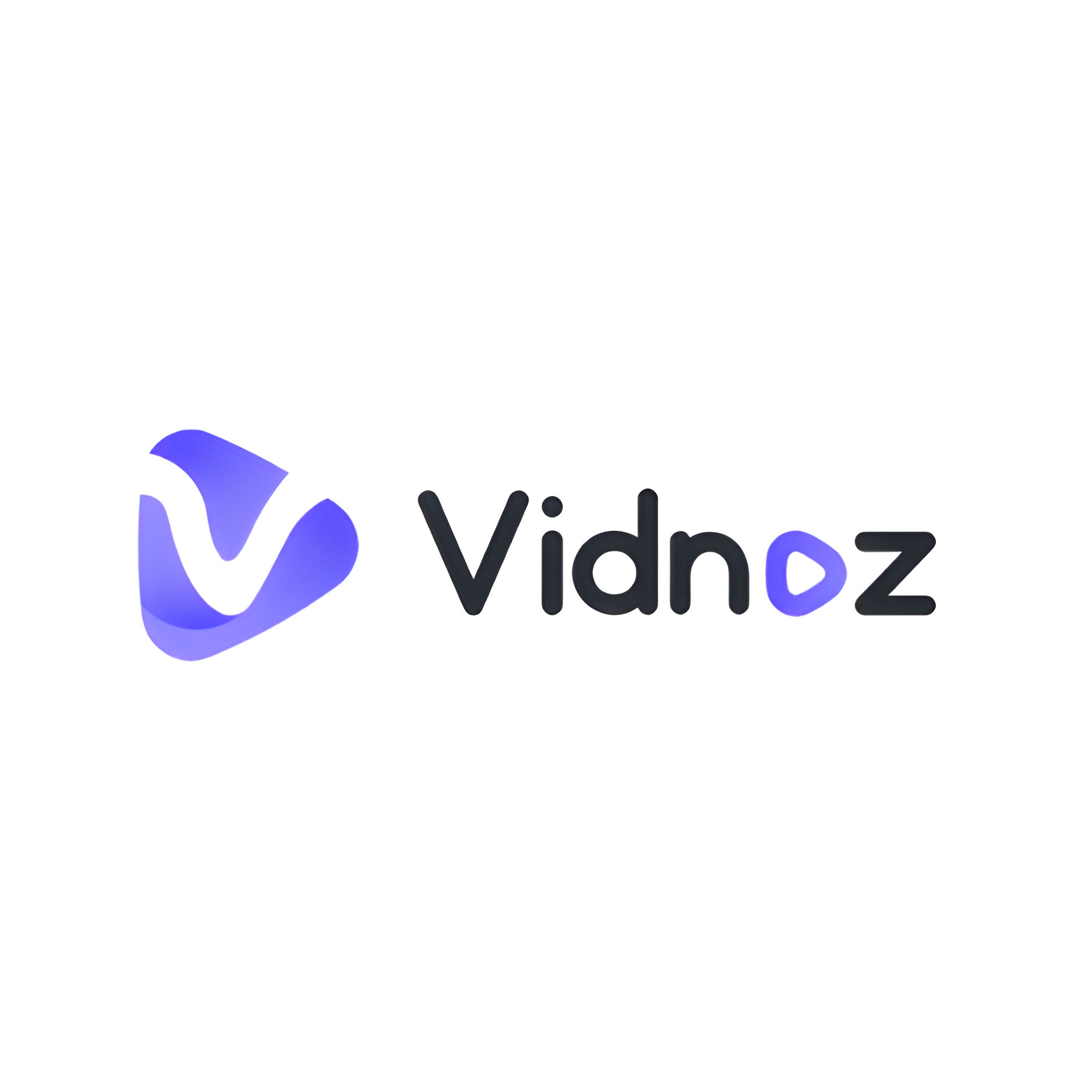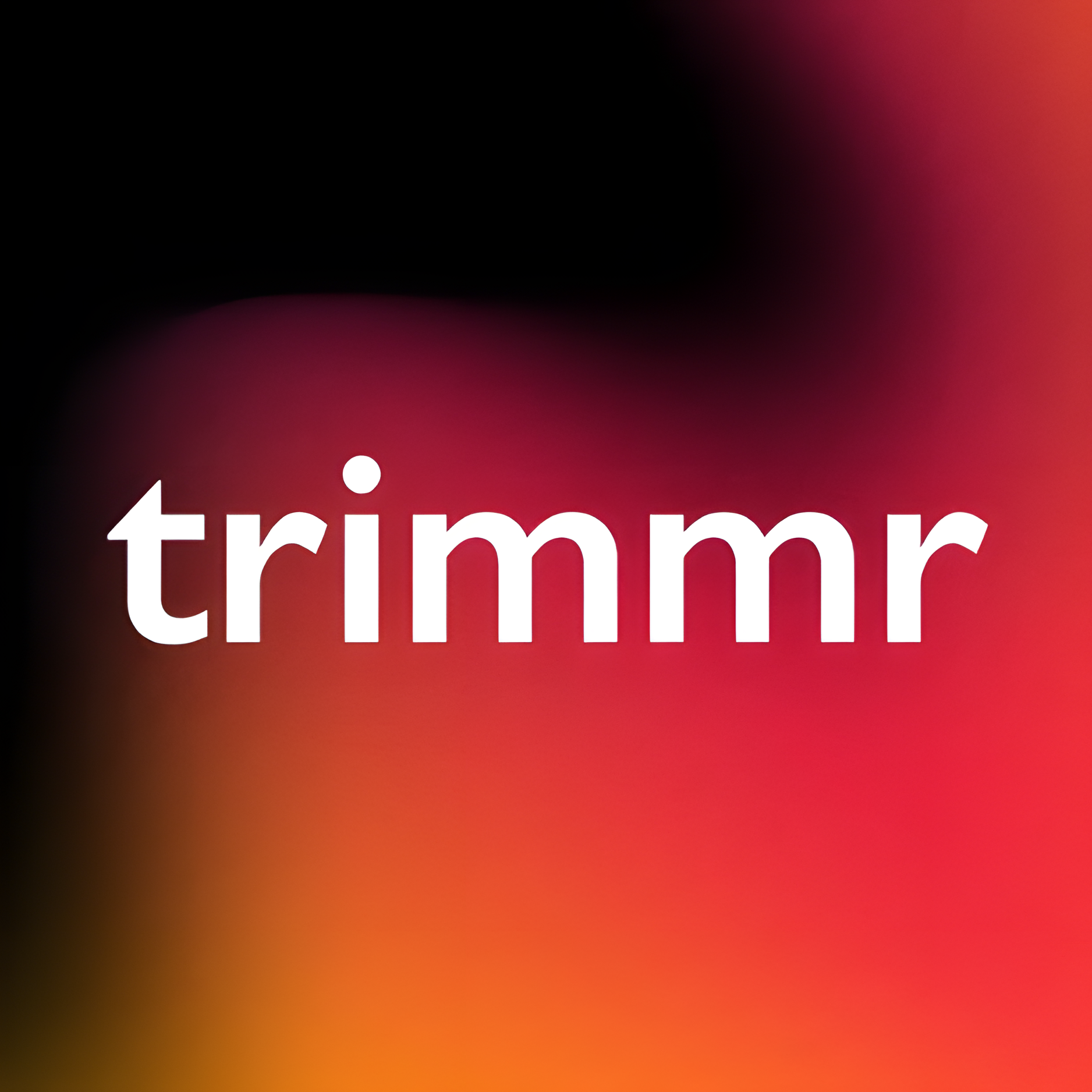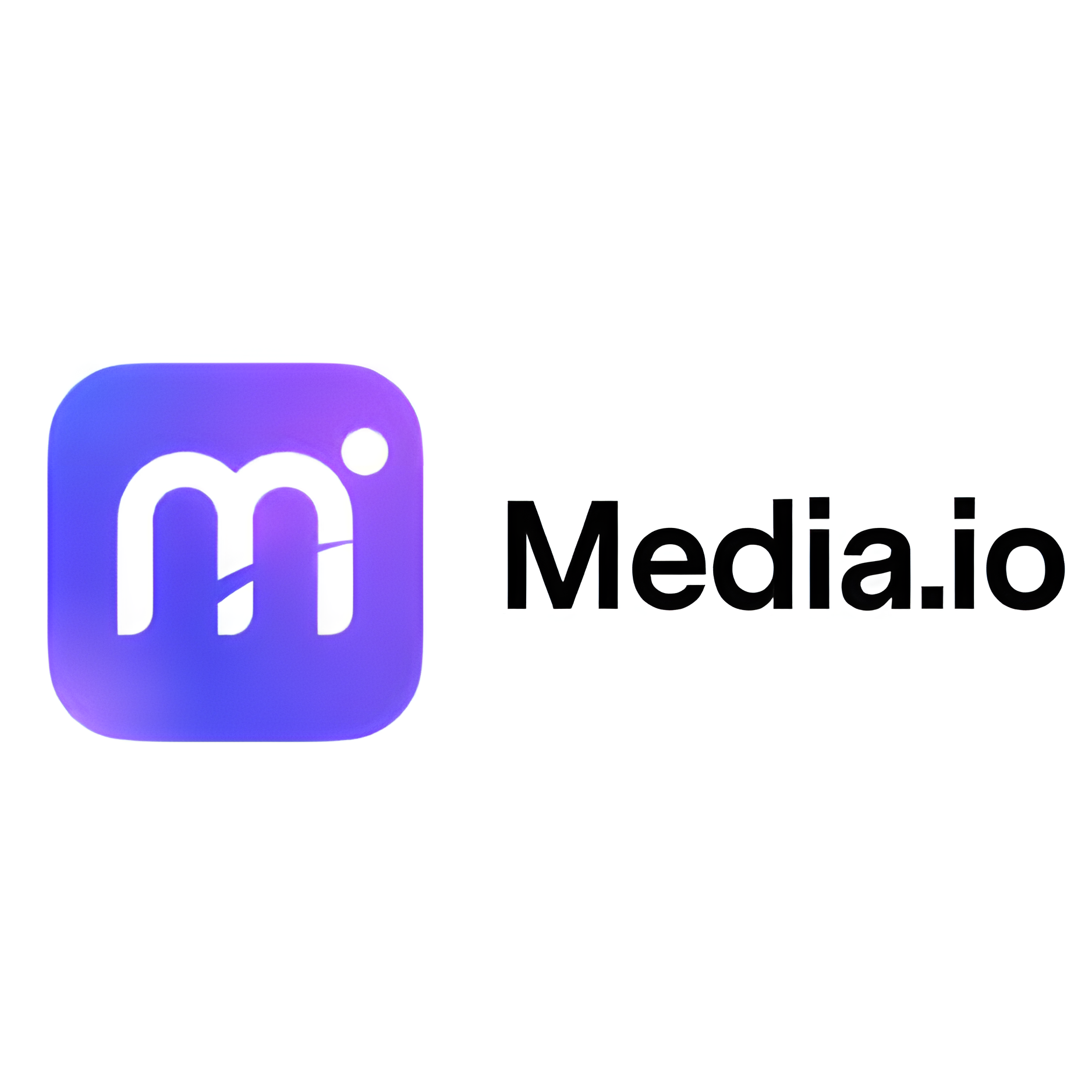Overview
Dubverse is an innovative tool designed to revolutionize the way content creators engage with their audiences through the power of AI-driven video dubbing. This platform enables users to effortlessly dub their videos into multiple languages, expanding their reach and accessibility on a global scale. With Dubverse, creators can maintain the natural tone, expressions, and emotions of the original video, ensuring that the dubbed content remains authentic and impactful.
The technology behind Dubverse leverages advanced machine learning algorithms to sync the dubbed audio perfectly with the speakers' lip movements, providing a seamless viewing experience that feels natural across different languages. This feature is particularly beneficial for educators, filmmakers, marketers, and digital content creators who aim to connect with a diverse audience without the barrier of language.
Moreover, Dubverse offers a user-friendly interface that simplifies the process of video dubbing. Users can upload their videos, select the target language, and let the AI handle the rest. The tool supports a wide range of languages, making it an indispensable asset for anyone looking to enhance their digital content and reach a broader audience.
Key features
- Real-time video dubbing: Automatically dubs videos in multiple languages with natural-sounding voices, enhancing accessibility and viewer engagement.
- Custom voice cloning: Create a unique digital voice clone to maintain brand consistency across different content and platforms.
- AI-driven lip-sync: Ensures the video's spoken audio matches the lip movements in the video for a seamless viewing experience.
- Wide language support: Offers extensive language options, making it easy to reach a global audience without language barriers.
- Easy integration: Provides simple tools and APIs for quick integration into existing video production workflows, saving time and resources.
- Scalable solutions: Suitable for businesses of all sizes, from small startups to large enterprises, ensuring flexibility and scalability.
 Pros
Pros
- Cost-effective operations: Reduces the need for multilingual voice actors, cutting down on production costs and streamlining budget allocation.
- Enhanced viewer retention: Captivating voice-overs and accurate lip-syncing keep audiences engaged, increasing video watch time and satisfaction.
- Accessibility features: Includes options for hearing-impaired viewers, such as synchronized subtitles, enhancing inclusivity.
- Quick content turnaround: Speeds up the production process by automating voice-overs and translation, enabling faster content delivery.
- Consistent quality control: Maintains high-quality audio output across different languages, ensuring professional results every time.
 Cons
Cons
- Limited language support: Currently, the tool may not support a wide range of languages, limiting its usability globally.
- High dependency on internet: Requires a stable and high-speed internet connection to function effectively, which can be a barrier in low-connectivity areas.
- Potential privacy concerns: Users might be wary of uploading sensitive or personal content due to fears of data misuse or breaches.
- Resource intensive: May require significant computational power for rendering videos, which could be challenging for users with older or less powerful hardware.

















